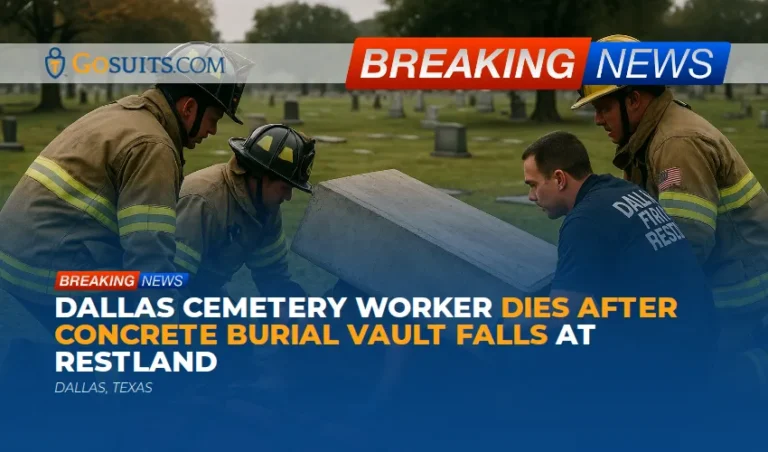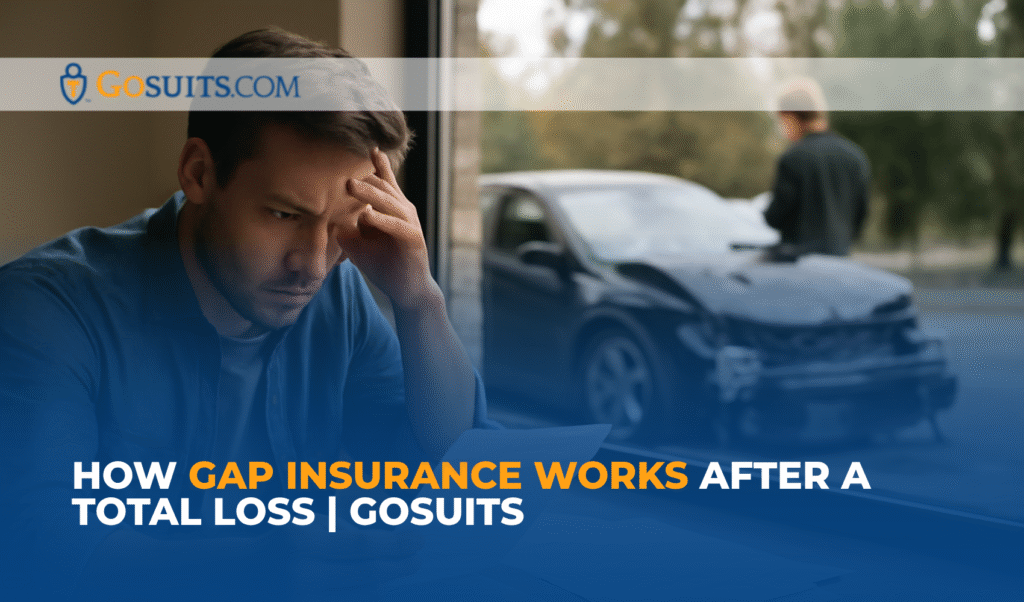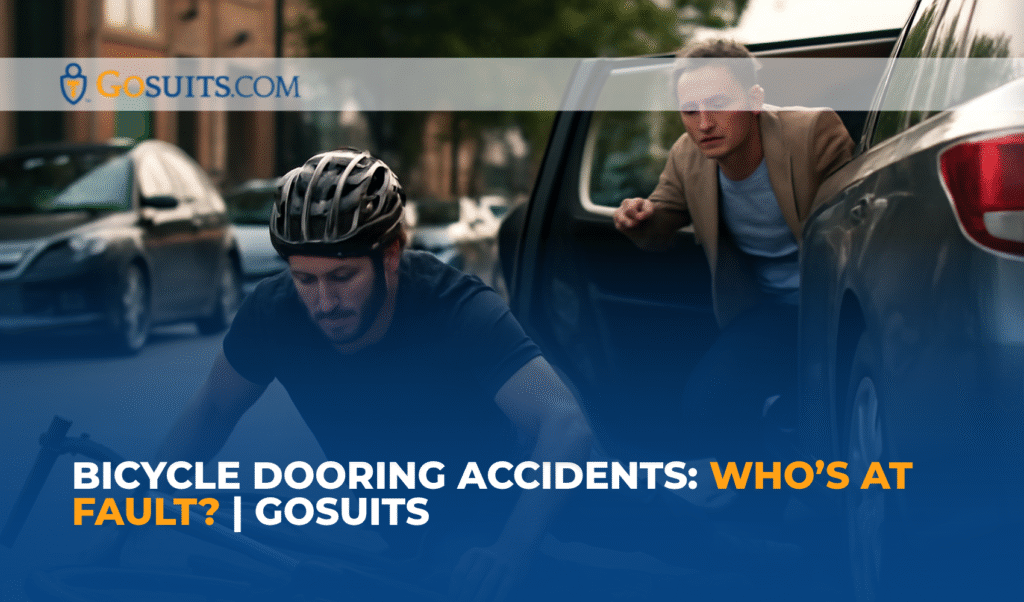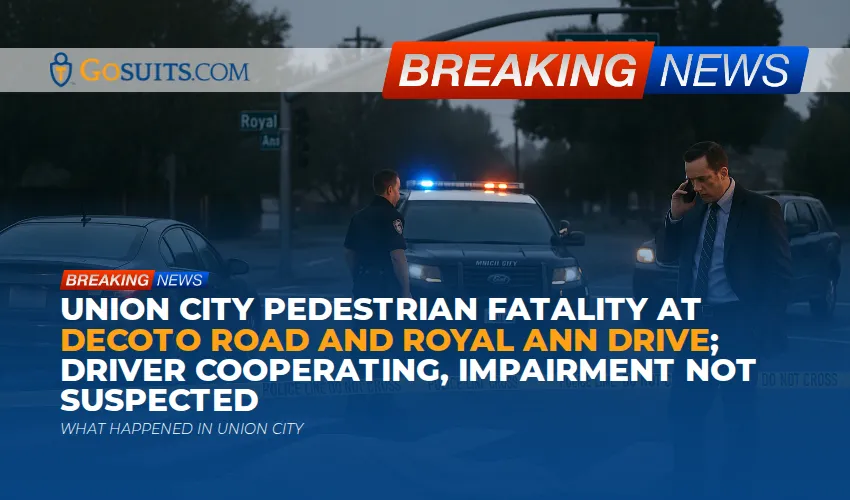- What happened in the Dallas cemetery workplace tragedy
- Key facts confirmed so far
- Why vault-moving work is so dangerous
- Safety duties for employers handling heavy concrete loads
- Texas workers’ compensation and wrongful death overview
- Potential civil claims and potentially responsible parties
- Preserving evidence after a workplace fatality
- Records and reports families often request
- Interacting with insurance companies
- Time limits and notice deadlines
- Community and government resources
- Commentary from Gosuits Dallas, Texas Personal Injury Attorney
- Why taking action now matters
What happened in the Dallas cemetery workplace tragedy
Reports indicate that on October 20, 2025, a 24-year-old cemetery worker was fatally injured at the Restland Funeral Home, Cemetery and Crematory in Dallas while moving a large concrete burial vault. The vault reportedly fell, pinning him from the waist down. First responders needed hydraulic spreaders and air bags to free him, a process that took more than 45 minutes. He was transported to a hospital and died later the same day. His family has publicly questioned whether he should have been operating or moving such heavy equipment alone and has signaled potential legal action. Our hearts are with his loved ones as they grieve an unimaginable loss.
Key facts confirmed so far
- Location and date: Cemetery grounds in Dallas, Texas, on October 20, 2025.
- Nature of incident: Crushing injury while moving a heavy concrete burial vault.
- Rescue and medical response: Specialized extrication equipment was used; the worker was transported to a hospital and later died.
- Family concerns: Public statements suggest concerns about working alone and moving extremely heavy loads without adequate assistance.
At this stage, the complete root-cause analysis typically takes time and may involve employer investigations, an Occupational Safety and Health Administration (OSHA) review, and medical examiner documentation. Families often seek answers from multiple sources to understand exactly what happened and why.
Why vault-moving work is so dangerous
Concrete burial vaults can weigh thousands of pounds. Moving them safely requires proper planning, appropriate lifting and rigging equipment, adequate staffing, and clear communication. Common hazards include:
- Crush and pinning risks: If a vault shifts unexpectedly or a lifting device fails, workers in the “line of fire” can be pinned or crushed.
- Rigging failures: Slings, hooks, or attachment points that are worn, mismatched, or improperly rated can fail under load.
- Equipment limitations: Forklifts, skid-steers, cranes, or vault-setting devices each have safe load capacities and stability requirements that must be respected.
- Ground conditions: Soft or uneven terrain in cemetery plots can affect equipment stability and load control.
- Working alone: Without spotters or a team, a single operator may have limited visibility and fewer options to stabilize a load or respond quickly to a shift.
These hazards are well understood in safety practice. Employers are expected to anticipate them, train workers, provide appropriate equipment, and plan the work to prevent catastrophic failures.
Safety duties for employers handling heavy concrete loads
Under federal workplace safety law, employers must furnish a workplace free from recognized hazards and comply with OSHA standards. Several OSHA rules frequently apply to cemetery and burial-vault handling operations:
- Powered industrial trucks (forklifts and similar equipment): Operators must be trained and equipment must be used within rated capacity and under safe conditions. See OSHA’s standard at 29 CFR 1910.178.
- Slings and rigging: Slings must be properly selected, inspected, and used within their rated load, with secure attachment points. See 29 CFR 1910.184.
- Cranes and derricks (if used): Inspections, operator qualifications, and rated capacities apply. See 29 CFR 1910.180.
- Recordkeeping and reporting: Employers must record qualifying work-related injuries and fatalities and notify OSHA of certain serious incidents. See OSHA’s reporting portal at osha.gov/report and recordkeeping overview at osha.gov/recordkeeping.
- Worker rights: Workers have the right to a safe workplace, to raise safety concerns, and to access certain records. See osha.gov/workers.
Employers should also conduct job hazard analyses, ensure adequate staffing for vault handling, and establish communication protocols and exclusion zones so no one is positioned beneath or beside an unsecured load. The U.S. Centers for Disease Control and Prevention’s National Institute for Occupational Safety and Health (NIOSH) maintains case investigations of fatal incidents that often highlight practical prevention steps. See the NIOSH Fatality Assessment and Control Evaluation (FACE) program at cdc.gov/niosh/face.
Texas workers’ compensation and wrongful death overview
Texas is unique in that private employers can choose whether to participate in the state workers’ compensation system. This choice can significantly affect the legal path available to a family after a workplace death.
- If the employer carries Texas workers’ compensation (“subscriber”): Death benefits may be available to statutory beneficiaries. In many cases, workers’ compensation is the exclusive remedy against the employer, but families may still pursue claims against negligent third parties (for example, equipment manufacturers, maintenance contractors, or other companies on site). Helpful starting points include Texas’ employee resources at the Office of Injured Employee Counsel: oiec.texas.gov.
- If the employer does not carry workers’ compensation (“nonsubscriber”): Families may pursue a negligence claim against the employer in civil court. Nonsubscribing employers lose certain common-law defenses. Guidance on employer coverage choices is available through the Texas Department of Insurance: tdi.texas.gov.
Separately, Texas recognizes wrongful death and survival actions, which may allow certain family members and the estate to seek damages in civil court. You can review Texas statutes at the official state website: Texas Civil Practice and Remedies Code, Chapter 71 (Wrongful Death).
Texas sets general time limits for bringing civil claims. See Texas Civil Practice and Remedies Code § 16.003 regarding the general two-year limitations period that often applies to personal injury and wrongful death claims. There are exceptions and special rules depending on the parties, benefits pursued, and facts, so deadlines should be confirmed based on the specific situation.
Potential civil claims and potentially responsible parties
Every case turns on its facts. In a cemetery workplace death involving a concrete vault, the following civil avenues are commonly evaluated:
- Employer liability: If the employer is a nonsubscriber to workers’ compensation, the family may pursue a negligence claim alleging failures such as inadequate training, improper staffing (e.g., assigning lone work to high-risk lifts), unsafe equipment, or deficient supervision. If the employer is a subscriber, workers’ compensation death benefits may be available, with limited civil actions against the employer itself.
- Third-party negligence: Separately from the employer, other companies or individuals may bear responsibility: equipment rental companies, maintenance contractors, or a vendor that delivered and staged the vault improperly. These claims may proceed even when the employer carries workers’ compensation.
- Product liability: If an equipment or rigging component failed due to a defect in design, manufacture, or warnings, a products claim may be considered against the manufacturer or seller.
- Premises liability: If a property owner other than the employer controlled the worksite and contributed to unsafe conditions, a premises claim may be relevant.
Identifying responsible parties requires a careful, prompt investigation focused on who controlled the work, the equipment, the site conditions, and the safety decisions.
Preserving evidence after a workplace fatality
Key evidence can be lost quickly in industrial and cemetery settings due to ongoing operations. Families who want answers often seek to preserve:
- Scene documentation: Photos, videos, and measurements of the vault, ground conditions, and equipment position.
- Equipment and rigging: The specific forklift or vault-setting device, slings, hooks, and attachment points, including inspection tags and maintenance logs.
- Training and safety records: Operator certifications, job hazard analyses, standard operating procedures, and any pre-task plans used that day.
- Work communications: Dispatch logs, radio traffic, text messages, and job assignments related to the move.
- Electronic data: Equipment telematics, load charts, and sensor data if available.
- Medical and rescue timeline: EMS and fire response times, hospital records, and any life-saving measures used.
- Voicemail and call logs: If the worker left messages or placed calls during the incident, those records can help establish timing and conditions.
OSHA, NIOSH FACE, or insurance-related investigations often move quickly. Written preservation notices addressed to all potential custodians of evidence are commonly used to prevent alteration or disposal of critical materials.

Records and reports families often request
In the wake of a workplace tragedy, multiple government records may exist. Depending on jurisdiction and agency timelines, the following are often requested:
- OSHA documents: If OSHA opens an inspection, basic inspection status and any citations or closing reports may become public. OSHA provides worker rights and complaint information at osha.gov/workers/file-complaint and general worker protections at osha.gov/workers. OSHA also maintains a database of fatality/catastrophe incidents at osha.gov/pls/imis/accidentsearch.html.
- Medical examiner/forensic pathology: The county medical examiner or coroner typically determines cause and manner of death and may maintain autopsy reports and toxicology. In Texas, certified death records are maintained by the Department of State Health Services; see dshs.texas.gov/vital-statistics/death-records. County medical examiners have their own request procedures; timelines can vary.
- Fire and EMS records: Fire department incident reports and EMS run sheets can document response times, techniques used for extrication, and the condition of the worker upon arrival.
- Police or public safety reports: If local law enforcement responded or secured the scene, an incident report may exist and can be requested under public information laws.
- Workers’ compensation records (if applicable): If the employer is a subscriber, there may be claim filings and notices. The Office of Injured Employee Counsel provides guidance for beneficiaries at oiec.texas.gov.
Texas’ open records laws provide a mechanism to request certain government records, subject to exemptions for active investigations or sensitive information. The Texas Attorney General’s office maintains public guidance on open government at texasattorneygeneral.gov/open-government.
Interacting with insurance companies
Insurance companies and corporate risk managers generally seek to minimize payouts. What is said in early calls can be recorded, transcribed, and used to narrow or contest claims. Before speaking with any insurer or signing documents, it is prudent to understand the available legal options and the implications of providing statements. A private consultation with a qualified attorney can clarify:
- Which insurers may be involved: Workers’ compensation carrier, general liability, excess/umbrella, equipment lessor’s policy, or a manufacturer’s liability insurer.
- Coverage questions: Whether policies apply to on-site equipment operations, off-road use of industrial trucks, or contractor activities.
- Recorded statements and medical authorizations: When and whether to provide them, what scope is appropriate, and how to avoid mischaracterizations.
If a claim will be made with any insurance company, it is safer to consult an attorney first. Anything communicated to an insurer can be used later to challenge liability or limit benefits.
Time limits and notice deadlines
Key timelines can be short and overlapping:
- Texas civil claims: Many wrongful death and survival actions must be filed within two years. See Tex. Civ. Prac. & Rem. Code § 16.003 and Chapter 71. Some claims may have different deadlines or tolling rules.
- Workers’ compensation notices: When workers’ compensation applies, beneficiaries must meet notice and filing requirements; deadlines can be as short as 30 days for notice of injury and one year for claims in many circumstances. The Office of Injured Employee Counsel provides guidance at oiec.texas.gov.
- Preservation letters: Immediate written requests to preserve equipment, rigging, and records can prevent spoliation and protect the integrity of the investigation.
Confirming all applicable deadlines early helps prevent the loss of claims due to timing issues.
Community and government resources
- OSHA worker help and complaints: osha.gov/workers and osha.gov/workers/file-complaint. OSHA explains worker rights and how to report hazards.
- NIOSH FACE program: cdc.gov/niosh/face. Case studies on fatal incidents and prevention lessons.
- BLS workplace fatality data: bls.gov/iif. Context for injury and fatality trends, including contact-with-object events.
- Texas death records: dshs.texas.gov/vital-statistics/death-records. Official state portal for death certificates.
- Texas open government: texasattorneygeneral.gov/open-government. Information on requesting public records.
- Texas workers’ compensation assistance: oiec.texas.gov. Free guidance for injured employees and beneficiaries navigating claims.
Local agencies, such as the county medical examiner and local fire department, can explain how to request incident and autopsy reports. Availability varies based on the status of any ongoing investigations.
Commentary from Gosuits Dallas, Texas Personal Injury Attorney
We are deeply sorry for the profound loss described here. A young father, working to support his family, suffered a devastating, preventable-sounding crush injury while handling an extremely heavy vault. This commentary is offered for general information and education; it is not case-specific legal advice.
When a vault shift or rigging failure leads to a fatal pinning, it almost always reflects multiple breakdowns: planning, equipment selection, rigging practices, ground stability assessments, and communication. In high-consequence tasks, staffing matters. Assigning a person to move multi-thousand-pound components without a properly equipped team and spotters increases risk dramatically. An independent investigation that preserves the vault, rigging, equipment, and all communication records is vital to understanding what went wrong and who controlled the decisions that mattered.
In our experience, insurance companies and corporate risk managers move quickly to interview witnesses and secure documents that may frame the incident in a way that limits responsibility. They may request recorded statements, broad medical releases, or early signatures on settlement-related forms. Without context, families can feel pressured to accept characterizations that don’t match the physical facts. A careful approach to communications is essential so that grieving families are not disadvantaged by incomplete or misleading narratives about what happened and why.
A no-cost, private consultation helps people understand whether workers’ compensation applies, whether the employer opted out of the system, and whether third-party or product claims may exist. It also helps clarify which records to request immediately and how to protect evidence before it disappears.

Why taking action now matters
- Secure critical evidence while it still exists: Heavy equipment is repaired, rigging is discarded, and ground conditions change quickly. Early preservation letters and site documentation can prevent permanent loss of vital proof.
- Protect the accuracy of the story: Witness memories fade. Obtaining contemporaneous statements, phone logs, and rescue timelines helps anchor what actually occurred before details blur.
- Meet legal deadlines: Civil claims and benefit applications are deadline-driven. Acting promptly reduces the risk of forfeiting claims due to missed time limits.
- Identify all responsible parties: Multiple companies may be involved in vault delivery, equipment rental, maintenance, or site control. Early investigation widens the lens before key leads go cold.
- Avoid harmful statements to insurers: Insurance adjusters often seek recorded statements quickly. Understanding rights before engaging can prevent unintentional admissions that limit recovery options.
- Stabilize the family’s path forward: Timely steps to obtain death records, employer notices, and benefit information help establish a clear plan while longer investigations proceed.
The exact next steps depend on the facts, the employer’s insurance posture, and what agencies are already involved. A careful, organized approach helps ensure that safety truths are uncovered and that decision-makers are held to account in the appropriate civil forums.
References
For general legal and safety context discussed above:
- osha.gov/workers
- osha.gov/laws-regs/regulations/standardnumber/1910/1910.178
- osha.gov/laws-regs/regulations/standardnumber/1910/1910.184
- osha.gov/laws-regs/regulations/standardnumber/1910/1910.180
- osha.gov/report
- osha.gov/recordkeeping
- cdc.gov/niosh/face
- bls.gov/iif
- statutes.capitol.texas.gov/Docs/CP/htm/CP.71.htm
- statutes.capitol.texas.gov/Docs/CP/htm/CP.16.htm#16.003
- oiec.texas.gov
- dshs.texas.gov/vital-statistics/death-records
- texasattorneygeneral.gov/open-government






